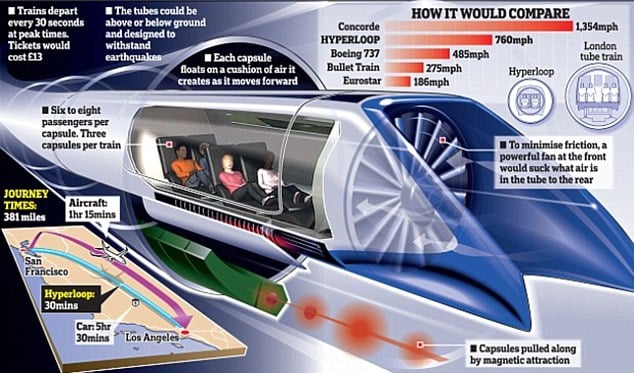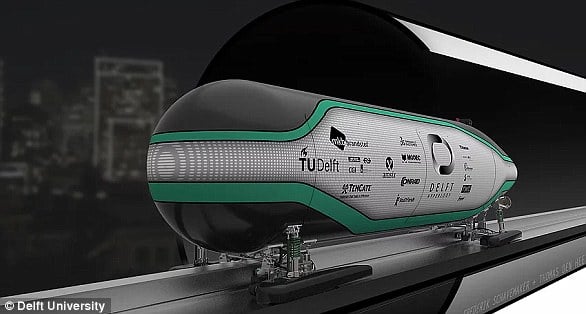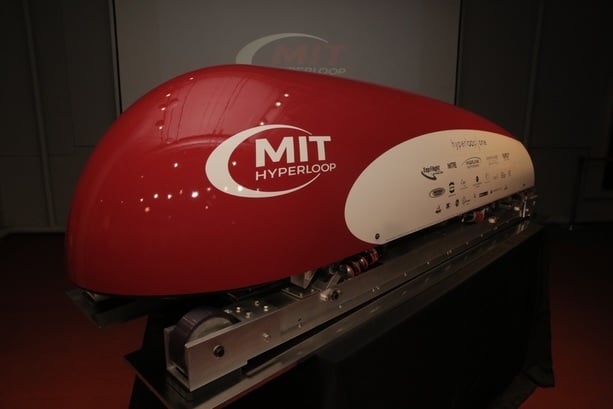Supersonic Transit System
Not long ago, billionaire Elon Musk had a vision of the future. He dreamed of a supersonic transit system. Soon after, he released a 57-page document on a concept called Hyperloop. Hyperloop is a huge supersonic transit system that travels in between cities filled with traffic. The sponsor of Tesla motors and SpaceX dreamed of a friction-less, low-pressure, vacuum-sealed pod. Powered with energy from solar panels, it should be able to withstand major natural disasters. Elon believed this pod would shorten travel times drastically. For example, the distance from San Francisco to Los Angeles takes 6 hours. This pod could get there in 35 minutes.

Elon made it quite clear that he does not have the time to create this. But, he hoped this idea would get the attention of others. He was quite happy when many people started trying. On June 15th, SpaceX enabled a competition for high school students to design a model for it. At the last round in early 2016, 115 competitors, selected from 1,200 places around the world, presented their thinking to a few experts. Thirty teams with worthy concepts fought against other teams to build a good prototype. They competed from January 27 to the 29th, 2017.

Image by Deift University
When the pods began to race, only twenty seven teams were able to race. This is because the other three did not have the car ready in time. They were built mainly by the high school students, who were put to many tests. A few were tests were structure tests, outdoor runs, and a vacuum chamber test. After these tests, only three cars were a idea to choose from. These three were allowed to run through a 1 mile Hyperloop test track that was constructed by SpaceX. In the end, Deift university received the award for most suitable design. Their car was green and white, 14.7 feet long, and housed prototype test passengers. Even though the car never reached the finish line, the judges were astounded by how the car worked. Here is a car that was built by one of the other teams. 
The only car that actually made it to the end of the track was the Warr Hyperloop, a design made by the technical university of Munich. These guys also won the fastest cart award for their astounding speed. From team member Marianna Avezum, it was the groups’ decision to disable the magnets and add wheels to reduce friction that helped to achieve it. The Massachusetts Institute of Technology team, which competed for best design at the primary contest in 2016, went home with the award for safety and design. Even though they passed the tests, many still need lots of work on one topic-speed. The best cars only achieved speeds of 58 to 60 miles per hour. This is nowhere close to the designated speed of 760 miles per hour. SpaceX is now challenging new or returning teams to try it out at the “Hyperloop Pod Competition II.” This summer, it will focus mainly on maximum speed.
This is not the only way SpaceX is trying to make this happen. Hyperloop one and Hyperloop Transportation Technologies (HTT) are also trying their best to make it happen. Who will create it first, we are yet to find out. On March 7, Hyperloop one came out with “Develop,” a 1.8 mile full-scale prototype constructed in Los Vegas, that will test track and pod development systems. At the same time, HTT is forming a network of transits in Europe, bringing together Vienna, Bratislava, and Budapest. All these efforts are just one small step into one big hyperloop.
Here is a video of the race.

This looks AMAZING! When are they released to public?
Wow, That thing looks sick!